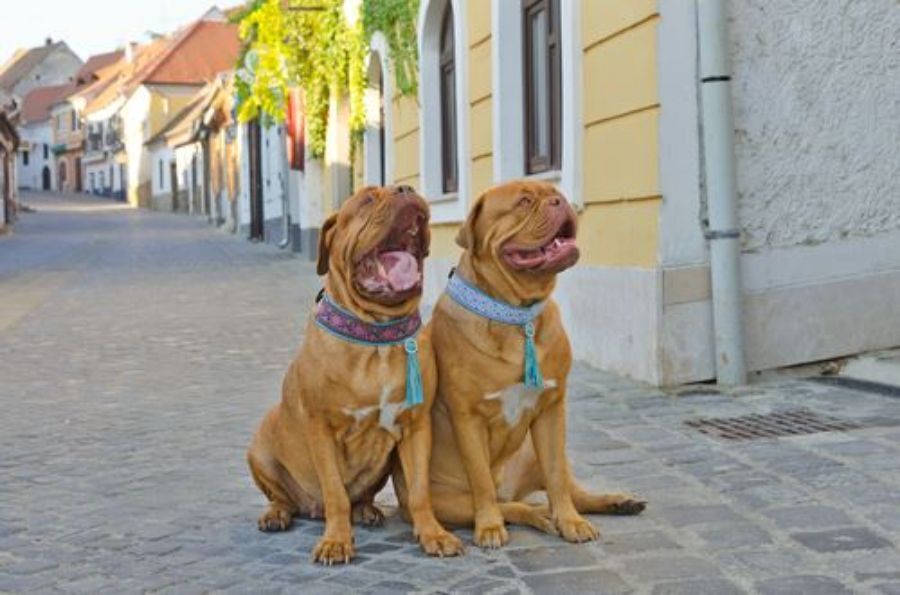Flat Collars:
Most well-trained dogs do best on a simple flat collar with a buckle. These humane collars do not restrict the neck and come in a variety of materials, including leather, nylon, and cotton web. Nylon usually outlasts cotton, but it can be irritating to sensitive skin, polypropylene collar0-‘» which are narrow and rolled, combine many of the good qualities of nylon and cotton because they are as sturdy as the former and as soft as the latter.
Martingale Collar:
Martingale collars are “limited slip” devices especially useful for dogs with long, narrow heads who can easily back up and duck out of regular collars. The limited slip collar tightens up enough to prevent this but not enough to choke the dog the way a choke chain does.
The Scruffy Guider Collar:
This combination collar is a compromise between a traditional collar and a head halter.It consists of a double nylon collar with one loop that sits high on the dog’s neck while the other rests lower. This collar gives more turning control than a conventional collar without evoking the resistance that a head halter usually brings out in a dog (until he gets used to it).
Specialty Collars:
There are a variety of specialty collars available in addition to the more traditional ones. Some glow in the dark so that you can see your dog when he’s outdoors at night. Others reflect light so that when a flashlight is directed at them, they shine brightly. Check with your online pet supply store for more information on specialty collars.
Head Halters:
Head halters may look like muzzles, but they are not. The dog can eat, drink, and even bite. A head halter fastens behind the dog’s ears with a strap that goes around his muzzle. The collar works by putting gentle pressure on the back of the clog’s neck and nose if the pulls forward—something like a horse halter. This pressure elicits a calming neurochemical response as well. Conventional collars and harnesses, on the other hand, trigger a dog’s oppositional reflex, which makes him pull against the pressure. Even the head halter is not completely innocuous, however. Pulling the halter tends to pull the clog’s head sideways, so a sudden pull could cause damage to the cervical (neck) area of the spine.
Dangers of Using Dog Collars:
Collars can prove dangerous to unsupervised dogs, and many experts recommend that a dog not wear a collar when alone. I can’t agree with this assessment. If your collarless dog escapes, the chances of a safe return are greatly reduced because the single easiest way to identify him quickly has been removed. While microchipping and tattooing help, it helps even more to have a collar with visible ID. Also, as I mentioned earlier, a collar serves as a convenient “handle” by which to grab dog during an emergency. To reduce the risk of your dog being injured by a collar, don’t use choke collars (the most likely sort to catch on something).
If you dog is well trained then the best collar should be the flat collar.
.png)


 Canadian Dollar
Canadian Dollar  US Dollar
US Dollar 






























.png)
